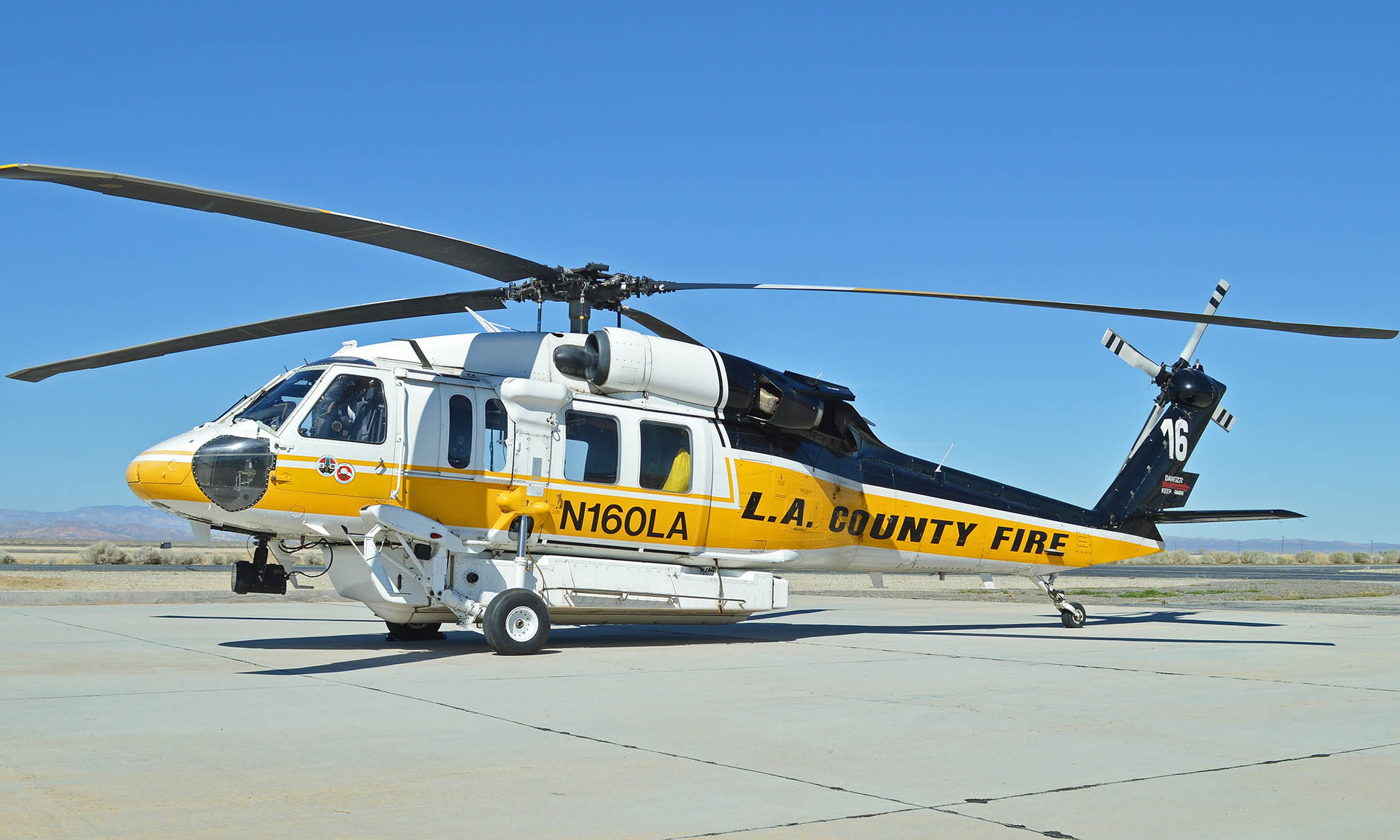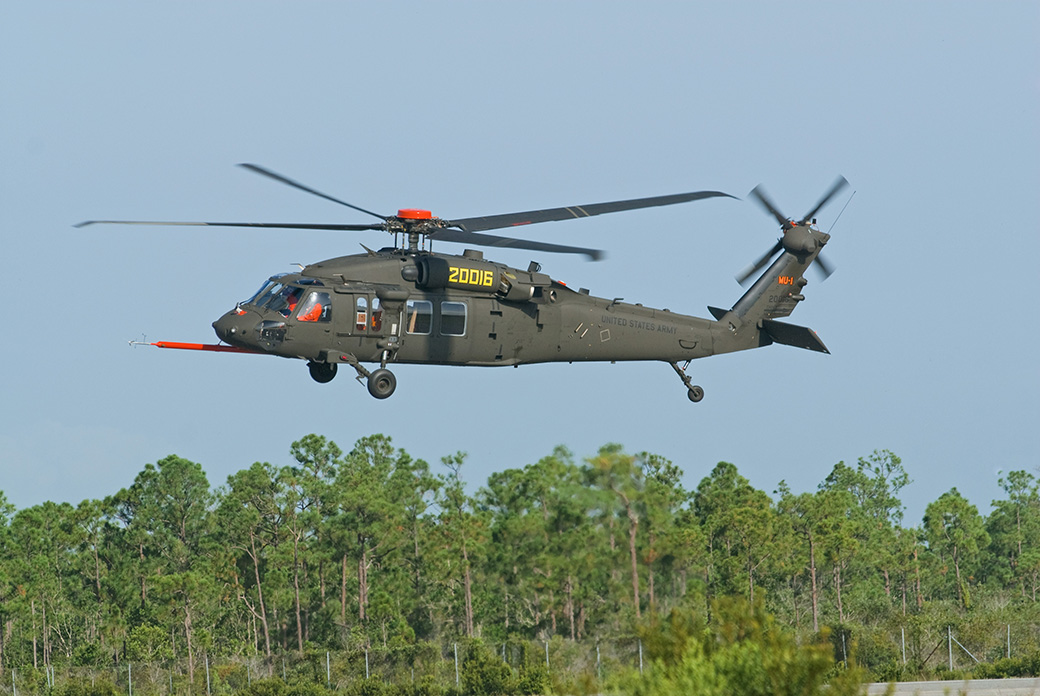Inside the Sikorsky S 70: What Sets This Helicopter Apart from Its Rivals
Inside the Sikorsky S 70: What Sets This Helicopter Apart from Its Rivals
Blog Article
Rotary-Wing Aircraft Offering Superior Toughness and Precision Design
In the world of aviation, rotary-wing aircraft have long been identified for their distinct abilities in different operational settings. From military goals to noncombatant applications, the development of rotary-wing technology has led the method for makers that supply unparalleled durability and precision engineering. With advancements in products and building and construction techniques, paired with sophisticated trip control systems, these airplanes have actually become indispensable devices for tasks that demand both effectiveness and precision. As we discover the detailed equilibrium in between advancement and reliability in rotary-wing aircraft, it ends up being apparent that the merging of innovative modern technology and tested design principles has actually established a brand-new standard for performance and effectiveness in the aerospace sector.
Advancement of Rotary-Wing Innovation
Throughout the history of air travel, the evolution of rotary-wing technology has actually been a testament to consistent technology and innovation in aeronautical engineering. From the early days of vertical flight with primary layouts to the advanced helicopters and other rotary-wing airplane these days, the development in this area has been impressive.
In the early 1900s, leaders like Igor Sikorsky and Juan de la Cierva made significant strides in rotary-wing innovation. Sikorsky's VS-300 helicopter, first flown in 1939, marked a turning point in the development of useful rotary-wing aircraft. This success led the way for additional improvements in upright flight capacities.

Today, rotary-wing airplane play vital roles in various industries, consisting of army operations, emergency clinical solutions, law enforcement, and business transport. The evolution of rotary-wing innovation remains to push the borders of what is feasible in upright flight, making certain that these airplane stay crucial possessions in the aviation sector.
Materials and Building And Construction Innovations
Showing a blend of innovative products and exact building methods, rotary-wing aircraft have actually gone through considerable innovations in sturdiness and performance. One of the crucial developments in materials used for rotary-wing airplane is the raising usage of composite products.
Additionally, the integration of advanced finishes and surface treatments has actually played a critical function in enhancing the longevity of rotary-wing airplane. These finishings give defense versus deterioration, abrasion, and extreme climate condition, extending the life-span of the aircraft and minimizing maintenance requirements.
In regards to building and construction technologies, additive manufacturing, also called 3D printing, has revolutionized the manufacturing of facility parts for rotary-wing aircraft. This innovation permits quick prototyping and personalization, causing quicker advancement cycles and decreased costs. Generally, the continuous advancement of materials and construction methods is driving the abilities and performance of rotary-wing aircraft to brand-new elevations.
Accuracy Flight Control Equipment

The assimilation of GPS innovation even more improves the accuracy and integrity of these systems, enabling exact navigation, waypoint monitoring, and automated trip control. sikorsky s 70. This degree of accuracy not only enhances the safety and security of rotary-wing operations however likewise boosts overall operational efficiency and objective effectiveness
In addition, the continual advancements in artificial intelligence and device learning have facilitated the growth of self-governing trip abilities within Precision Trip Control Solution. This enables rotary-wing airplane to perform intricate missions with unequaled accuracy and uniformity, making them crucial properties in a large range of applications, including army procedures, search Home Page and rescue goals, and airborne digital photography.
Longevity in Challenging Environments
Popular operational setups, rotary-wing airplane demonstrate extraordinary resilience and toughness, guaranteeing optimum performance under difficult ecological problems. These aircraft are created to stand up to a vast array of ecological variables, consisting of severe temperatures, high winds, and rough surface, making them fit for different missions in diverse landscapes.
One essential factor contributing to next the resilience of rotary-wing aircraft is their sturdy building. These aircraft are constructed making use of top quality materials and progressed design strategies to boost their structural integrity and reliability. Furthermore, elements such as rotor blades, engine systems, and landing gear are carefully designed to hold up against the tensions and pressures encountered during operations in difficult atmospheres.
Furthermore, rotary-wing airplane are geared up with sophisticated onboard systems that keep track of efficiency metrics in real-time, allowing for positive upkeep and very early discovery of prospective issues - sikorsky s 70. This positive technique aids protect against unanticipated failures and ensures the continued airworthiness of the aircraft sought after functional settings. Overall, the resilience of rotary-wing aircraft in tough settings is a testimony to their exceptional engineering and style, making them indispensable assets for various mission-critical operations
Upkeep and Reliability Standards
The adherence to rigid maintenance and reliability standards is vital in guaranteeing the ideal efficiency and security of rotary-wing aircraft. Normal maintenance checks, performed by certified technicians, are crucial to identify and attend to any type of potential issues prior to they jeopardize the aircraft's functionality. These checks include a detailed exam of all critical parts, including the engine, blades system, avionics, and hydraulic systems, to ensure that they remain in prime working condition.
Additionally, adherence to scheduled maintenance periods based on maker guidelines is important for promoting the aircraft's dependability. This positive technique helps prevent unexpected breakdowns and guarantees that the aircraft stays my website airworthy for its designated missions. In addition, the implementation of robust integrity requirements, such as routine component testing and replacement based on fixed lifecycles, better enhances the aircraft's dependability.
Conclusion

Finally, the developments in rotary-wing aircraft innovation have brought about premium sturdiness and accuracy engineering. With cutting-edge products and building and construction methods, along with accuracy flight control systems, these airplane can operate in difficult environments with raised reliability. The upkeep and reliability requirements guarantee that these rotary-wing airplane continue to execute at their best, making them necessary possessions for different markets.
Showing a fusion of sophisticated products and precise construction strategies, rotary-wing aircraft have undergone significant developments in durability and efficiency. One of the essential developments in products utilized for rotary-wing aircraft is the boosting utilization of composite materials.With careful attention to information and progressed technological assimilation, rotary-wing airplane have welcomed Precision Trip Control Equipment as a cornerstone of their operational excellence. Overall, the durability of rotary-wing aircraft in difficult atmospheres is a testimony to their premium engineering and design, making them vital assets for different mission-critical procedures.
In verdict, the developments in rotary-wing airplane innovation have actually led to superior resilience and precision design.
Report this page